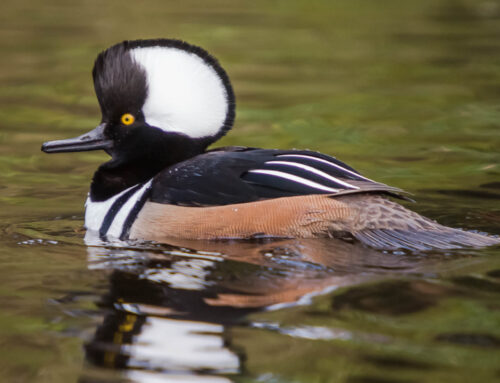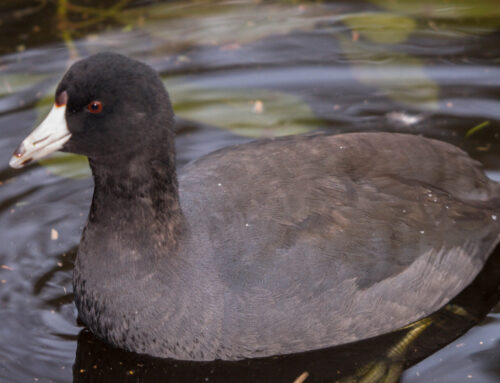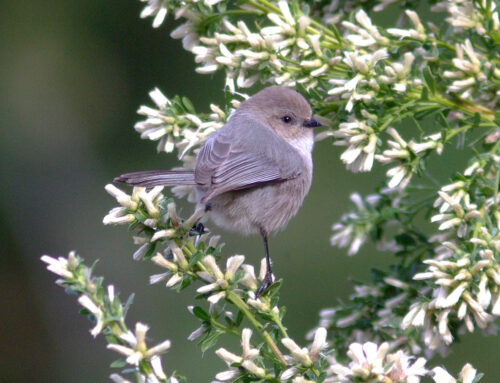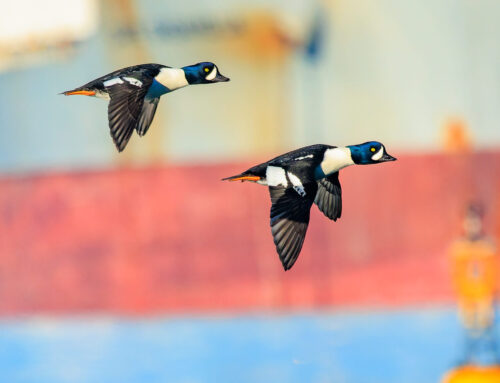Common Name
Mallard
Species Name
Anas platyrhynchos

©2011 Andre Chan
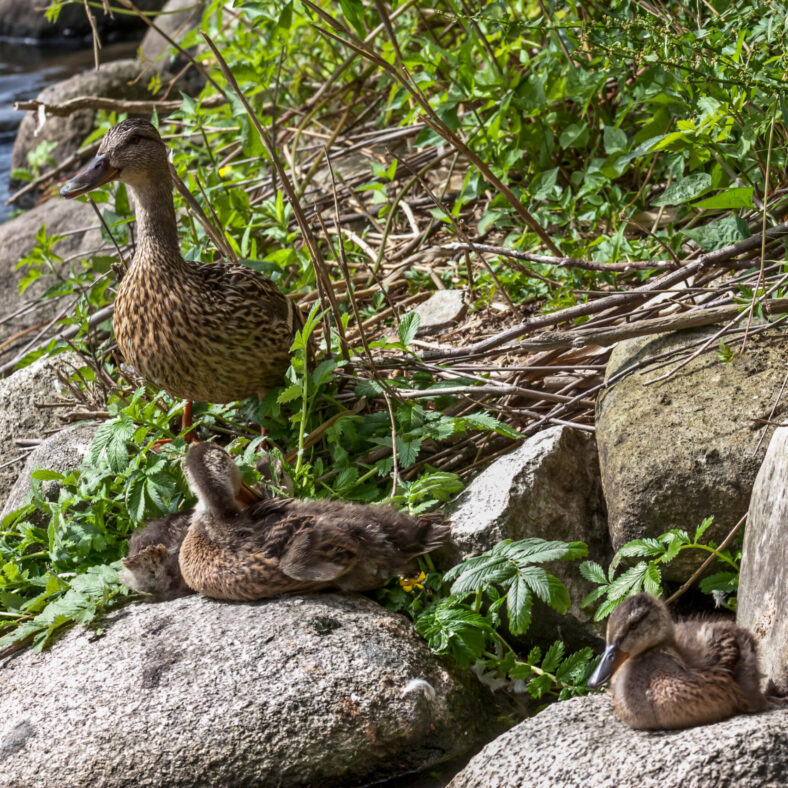
©2011 Andre Chan
Appearance
50-65 cm length | 82-95 cm wingspan | 1-1.3 kg weight
Large ducks with rounded heads, long bodies, and wide, flat bills. While swimming the tail rides high out of the water. In flight their wings are broad and set back toward the rear.
The breeding male has a bright yellow bill with an iridescent-green head, white neck ring, and pale gray and brown body. In the summer, the male moults into a breeding plumage that resembles the female but has a uniform yellow bill and more contrasting facial markings. Females and juveniles are mottled brown with a dark line through eye, orange legs, and an orange and black bill. Both sexes have a white-bordered, blue speculum patch in the wings.
Habitat / Behaviour
Omnivore | Wetlands, coasts, waterbodies | Lives up to 27 years
Mallards will live in almost any wetland habitat, including, marshes, wooded swamps, grain fields, ponds, rivers, lakes, bays, and city parks. They prefer fresh water but will appear in costal environment, especially sheltered bays and estuaries.
As a dabbling duck, Mallards feed by tipping forward and grazing underwater plants. The majority of their diet is plant material, including seeds, stems, roots, and a vast variety of plants. They will also eat insects, crustaceans, mollusks, tadpoles, frogs, earthworms and small fish.
Breeding
Monogamous or polygamous | ground nester| 1-13 whitish to olive bluff eggs | 1 brood per year
Mallards are typically monogamous but do not form long-term pair bonds over one year. In fall, the males start performing an elaborate set of courtship displays to find a mate early on, but the female is not fertile until spring. One of the most dramatic courtship displays is the grunt-whistle, where males rear up and utter a whistle-note, while unleashing a stream of water toward the nearest female. Mallard nests are in shallow depressions or bowls near the water. The nests are made and concealed by vegetation found around the nesting site. Mallards also may nest in stumps, tree hollows, or baskets above water. The mother will pluck down feathers from her breast to line the nest during incubation of the eggs. The finished nest is typically about 30 cm across, and 2.5-15 cm deep. The male leaves when the female starts incubating, and she almost always raises the ducklings on her own. The young can feed and fend for themselves if they get lost.


